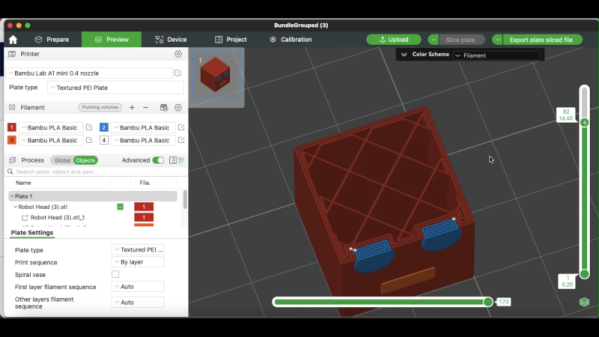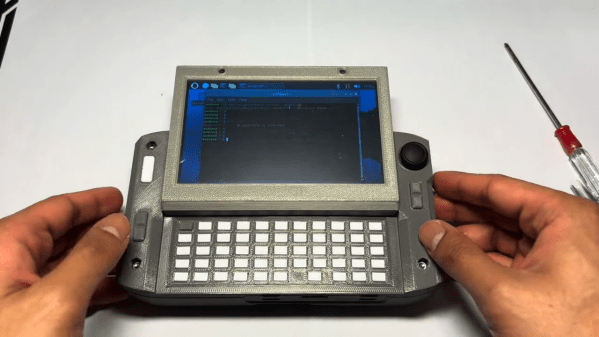Unless you are over a certain age, you probably take it for granted that electronic gadgets you buy have some FCC marking on them. But it wasn’t always true. [Ernie] submits that the FCC’s regulation of the computer industry was indirectly the result of the success of CB radio in that same time period.
Today, there is a high chance you don’t watch TV directly over the airwaves or even consume audio from a traditional radio station. Even if you do, the signal is increasingly likely to be digital. But only analog radio and TV were highly susceptible to interference. When a professional radio station or the power company interfered with you watching I Love Lucy, you could count on them to resolve it. Even ham radio operators, a small segment of the population, would, in general, graciously help you if their transmissions interfered with your equipment.
Never mind that, in many cases, it was the cheap TV or some other problem on the receiving end. Then there was another source of potential interference: CB radio. At first, you were about as likely to encounter a CB operator as a ham radio operator. But then in the 1970s, CB exploded, becoming a cultural phenomenon, and you can hear what a state it was in by watching the contemporary TV report in the video below.

















